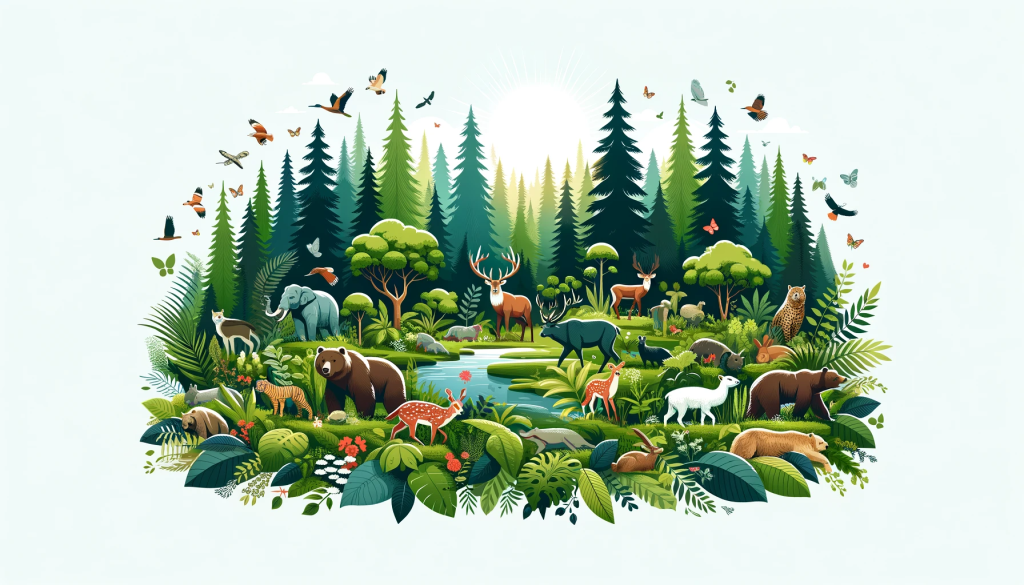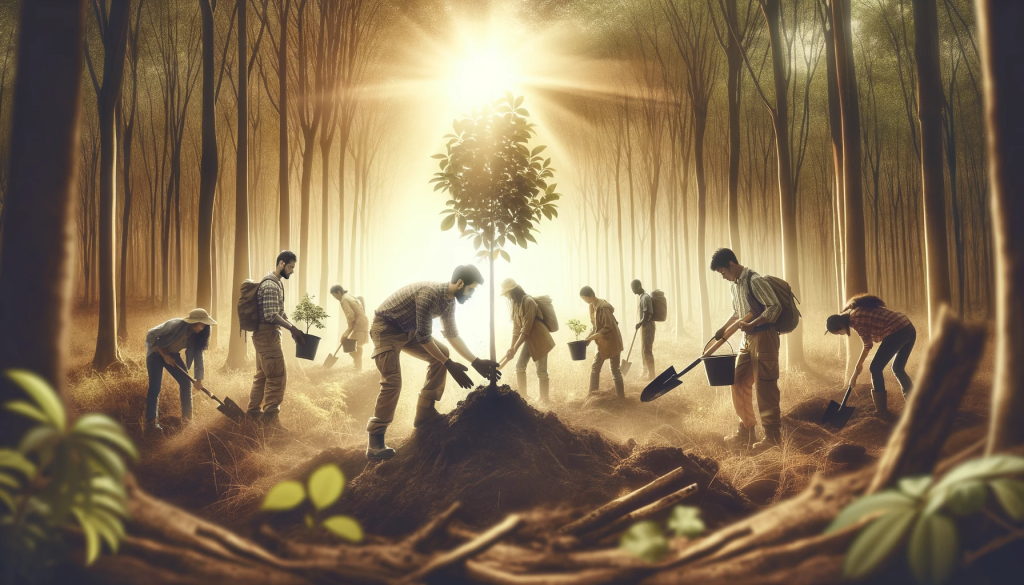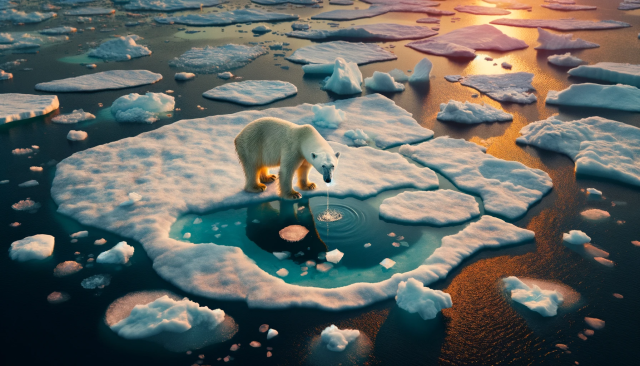Introduction
Climate change, a global crisis, poses an imminent threat not just to humanity but also to the vast array of species that inhabit our planet. As global temperatures rise and ecosystems undergo dramatic shifts, the welfare of countless animals, particularly endangered species, is at stake. Understanding the connection between climate change and animal welfare is crucial in formulating effective conservation strategies.
Understanding the Impact
Climate change affects animal welfare in several ways:
- Habitat Loss: Rising temperatures, melting ice caps, and changing weather patterns lead to habitat loss and alteration, impacting species dependent on specific environmental conditions.
- Species Examples: Polar bears, for instance, struggle with the loss of sea ice essential for hunting, while coral reefs, crucial for marine biodiversity, face bleaching due to warmer seas.
The Role of Human Activity
Human activities significantly contribute to climate change:
- Contributions to Climate Change: Emissions from fossil fuels, deforestation, and industrial processes increase greenhouse gases, exacerbating global warming.
- Impact on Wildlife: Activities like deforestation for agriculture or urbanization destroy natural habitats, while pollution harms ecosystems, affecting the food chain and animal health.

Conservation Efforts Worldwide
Efforts to mitigate the impact of climate change on wildlife are ongoing globally:
- Global Initiatives: Organizations like the World Wildlife Fund (WWF) and the International Union for Conservation of Nature (IUCN) are actively working on conservation projects. These include habitat preservation, anti-poaching efforts, and breeding programs for endangered species.
- Success Stories: Conservation efforts have seen successes, like the increase in the population of the once critically endangered Giant Panda. Efforts in protecting the habitat of mountain gorillas have also shown positive results.
The Importance of Biodiversity
Biodiversity, the variety of life on Earth, is crucial for ecosystem health:
- Ecosystem Balance: Every species plays a specific role in its ecosystem. The loss of one species can disrupt the balance, affecting other species and the environment.
- Threats from Climate Change: Climate change poses a significant threat to biodiversity. Changing climates can make environments inhospitable for some species, leading to a reduction in biodiversity.
Individual Actions to Aid Conservation
Individuals can contribute significantly to conservation efforts:
- Reducing Carbon Footprint: Simple actions like using public transportation, reducing energy consumption, and supporting renewable energy sources can help mitigate climate change.
- Supporting Conservation: Donating to conservation organizations, adopting sustainable lifestyle choices, and volunteering for local conservation projects can have a direct impact on wildlife protection.
Policy and Advocacy
Effective policy and strong advocacy are essential in protecting endangered species from the impacts of climate change:
- Role of Policy: Policies at both national and international levels play a crucial role in wildlife conservation. Initiatives like the Paris Agreement aim to reduce global greenhouse gas emissions, while local laws can protect critical habitats and regulate industries that impact the environment.
- Participation in Advocacy: Individuals can participate in advocacy by supporting organizations that influence policy, staying informed about environmental issues, and voting for leaders committed to addressing climate change. Public awareness campaigns and community involvement are also vital in driving policy changes.

The Future of Endangered Species
The future of endangered species in the face of climate change depends largely on our actions today:
- Predictions and Models: Scientific models predict that continuing current trends in climate change and habitat destruction will lead to increased species extinctions. However, aggressive conservation and environmental protection efforts can alter this course.
- Creating a Sustainable Future: To protect endangered species, a multifaceted approach is needed. This includes reducing greenhouse gas emissions, protecting and restoring natural habitats, and supporting sustainable development practices. The integration of conservation efforts into broader societal goals is crucial for the long-term survival of diverse species.
Conclusion
The impact of climate change on animal welfare and endangered species is a complex challenge that requires global attention and action. Through concerted efforts in conservation, policy, and individual actions, we can make a significant difference. Each of us has a role to play in reducing our carbon footprint and advocating for policies that protect our planet and its diverse inhabitants. By understanding the importance of biodiversity and working together to preserve it, we can ensure a healthier, more sustainable future for all species, including our own.











































